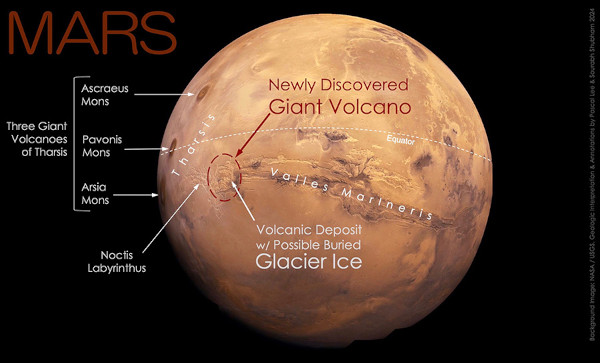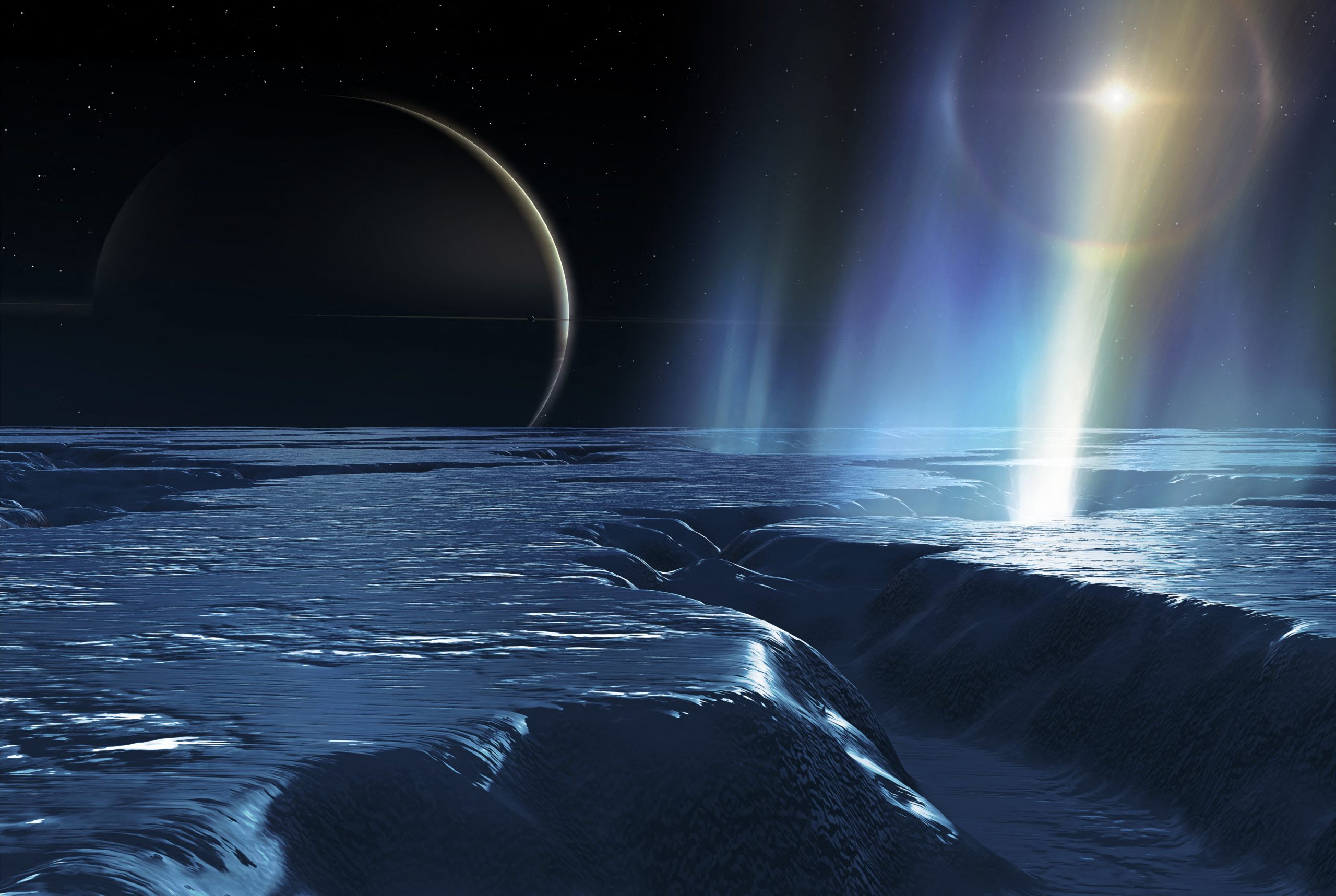From the myth of “Mars canals” to Martian microbes
The reddish color of Mars, which can be seen with the naked eye, has long attracted more attention than other free-eyed planets. The well-proven unscientific idea of life on Mars, the fiction of “Martians”, is a relatively recent theory dating back to the nineteenth century and its birth date can be traced back to a specific astronomical event.
In 1877, Italian astronomer Giovanni Schiaparelli referred to some so-called Martian albedo formations with the word “channel” in their original language. But shortly thereafter, many astronomers began to see these channels as artificial channels through which Mars supposedly transported water from nooks and crannies into dry tropical landscapes. Of course, none of this has been proven true, but the legend of Mars has survived to this day.

The possibility of life on Earth like Mars has only been ruled out by the first close-ups at the dawn of the Space Age. The Mariner-4 spacecraft was the first to take close-up photos of the surface of Mars in 1965, showing a crater-ridden landscape more reminiscent of the Moon than Earth. The first “in situ” astrobiological experiment in the history of space exploration was also conducted on the surface of Mars. This was justified by the physical and planetary characteristics of Mars, which is more closely connected to Earth.

The Viking-1 and Viking-2 instrument packages, which landed in 1976, included a biological test unit. Three experiments were performed: pyrolysis, radioactive nutrient solution, and gas exchange assay. Although one of the results was clearly negative, in two cases the absence of traces of life cannot be ruled out beyond a reasonable doubt. Thus, further research appears to be fully justified.

In addition to modern and current orbital and landing modules, as well as adventures of roving vehicles on the planet’s surface, future sampling investigations and long-awaited human flights will be additional directions for field investigations. From these we can expect a definitive answer to the exciting question of whether any life could or did exist on the Red Planet.
The supposed impact of Martian life has made a huge resonance
Like all theories, the so-called sperm theory requires time for it to be accepted by the wider scientific community and treated as an alternative to the origin and establishment of life on Earth.
No matter how many questions they raise, no matter how likely the spores of life may reach our planet from the far reaches of the universe via falling comets, asteroids, or meteors, they all play an important role in the comprehensive study of specific types of celestial bodies.

One of the important facts in Hungarian history is the fact of meteorites
The Kappa meteorite, which fell in 1857, was the first to discover the organic compounds necessary for biological activity.
A total of 3 kilograms of meteorites of the CV3 subtype, belonging to the family of so-called carbon chondrites, were first examined in more detail by the German Friedrich Voller. Then he believed that these compounds can only be created by a living organism. Using modern analytical methodology, hydrocarbons and even amino acids were later identified in other meteorites.

Unfortunately, the biological origins of these organic compounds have been refuted all the time, right up to the global scientific sensation about meteorite ALH 84001 (Allan Hills 84001).
A total of 1,931 g of a Martian meteorite was found in 1984 in Antarctica.
The results, which later became interesting for research, were announced to the general public in 1996 by the President of the United States of America, Bill Clinton, because of their importance for life in the solar system.

The small orb containing the presumed biological trace is a rock of igneous origin from the Red Planet. Most of its material froze 4.5 billion years ago, followed by a variety of physical shocks and impacts. It arrived on Earth about 13,000 years ago. In addition to magnetite crystals and iron sulfide in the fissures of the Martian meteorite
Polycyclic aromatic hydrocarbons are found as well as amino acids.
On the surface of the carbonates in it, elongated structures from 20 to 200 nm in length have been identified, which seem to resemble bacteria.

Some researchers have considered this as a trace of life activity.
The scientific interest in ALH 84001 and the growing interest in it have been based on this assumption. However, based on terrestrial comparisons, it is very likely that the ALH 84001 meteorite is a fossil of any low-level life form.
Floating in the air of Titan and sailing the seas
Titan orbiting Saturn was the largest moon in the Solar System in the ancient astronomical literature, but recent research with a diameter of 5,150 km now places it “only” in second place.) However, scientific interest in Titan is due not only to its large size but also to the fact that
It is the only one of the smallest celestial bodies in the solar system that has an important atmosphere,
Or the only liquid substance found on the Earth’s surface.

The surprisingly dense atmosphere is nitrogen, methane and hydrogen, as well as trace gases. The solar wind forms very complex organic compounds in the atmosphere of titanium: hydrogen cyanide, propane and cyanoacetylene.
Its lakes and even its seas are made of hydrocarbons, with ethane and methane rippling on the surface of the moon,
which also contains a small amount of nitrogen. The presence of the above two components, which are necessary for life on Earth, and the presence of the above compounds, made Titan a potential site of possible biological activity in the Solar System almost automatically.

However, its extremely low surface temperature of -193 ° C can only provide theoretical living conditions for beginners. Despite all theoretical speculation, neither spacecraft (Voyager-1, Voyager-2, Cassini) nor field studies (Huygens) have revealed traces of life on the surface of Saturn’s largest moon.
A Chance to Live Under the Ice Shield of Europa
In addition to Mars, the possibility of possible solar life is greatest in Europe, the smallest of the four moons of Jupiter discovered by Galileo Galilei. It should be noted that the research so far has not revealed any concrete results, but the planetary conditions there still justify the need for theoretical and practical research in this regard.

The celestial body with a diameter of 3,100 km is also referred to as the “cosmic billiard ball”. This suggests that the thick ice sheet on its surface makes its outer surface smooth, and the world below plays the main role.
Under the ice shield is an ocean of salt water about 100 kilometers deep.
Due to the tidal forces and the internal heat of the orb, its temperature can also be suitable for living organisms.

Deploying a submarine-penetrating probe that will burrow through the thick ice shields of the European ocean will be crucial to determining where life might be hiding here. The device detaches itself through the ice shield separated from the spacecraft,
Then, reaching the ocean limits, conduct various planetary and physiological studies in the form of a submarine,
Some hypotheses suggest that the organisms in the waters of Europe are not only of a lower order but are also related to the terrestrial oceans.
In the source area of the geysers of Enceladus
A prerequisite for the operation of terrestrial biological processes is the compound described by the chemical formula H2O, that is, the presence of water. On our planet, we find this in the form of stagnant and running water, frozen in ice, in a gaseous state, and as a component of living organisms, including our bodies. We can also find lifeless celestial bodies in the solar system. In solid form, in the depths of the ever-cold, near-polar craters of the Moon, in the ice caps of Mars, and in the heart of comets.

Only extraterrestrial surface fluid ripples on Saturn’s Titan. Also in the liquid state, but deep in the surface ice sheet, water can still be found on the moons of Jupiter in Galilee, in the Uranus system on the Triton River, and erupted by hot springs on Saturn’s moon Enceladus.

Sure enough, the ocean ripples beneath the surface of Enceladus, the sixth largest moon on the circular planet at 505 kilometers in diameter. In the southern polar region of the orb, its waters erupt in the form of hot springs.

13 years of observational data from NASA’s Cassini spacecraft show geological activity from surface ice and gases. Studies have also shown that not all of this is limited to the Moon’s southern hemisphere: the same process was responsible for reshaping the surface of the Arctic earlier.
Recent research also points to skepticism in the deep sea.
Whether this kind of geological and hydrological diversity can mask any biological simplicity is still unknown today.

However, this does not mean that some scientific theories in this regard have no basis, or even that life cannot exist in the solar system, at least in an inferior form. Its existence can be facilitated by the presence of modern spacecraft provided by both theoretical research and technical development. Of course, there is only a theoretical chance for all of this over decades, even on a scale spanning centuries, and success is by no means certain. However, studies to this end may expand other scientific findings about the solar system.



















![Deleted version of Nintendo 64 Tomb Raider playable! [VIDEO]](https://thegeek.hu/wp-content/uploads/sites/2/2024/04/theGeek-Riqa-Nintendo.jpg)






















